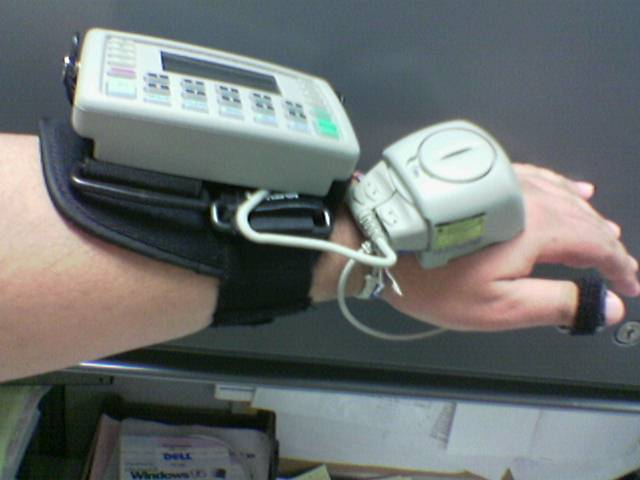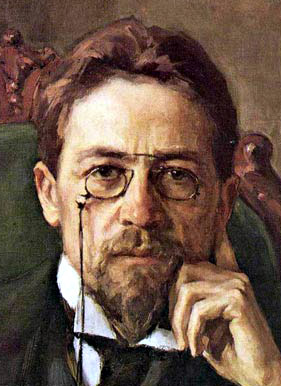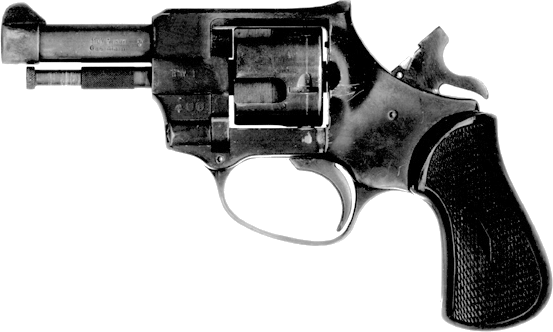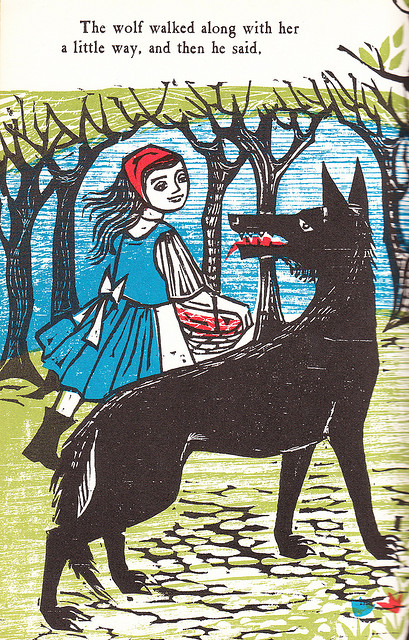“I Remember When . . .”

Source: piano, tamaki, Flickr
In a flashback, a character stops to remember something that happened at a previous time. A flashback makes a comparison between what is happening in the present and something that happened in the past. A flashback also allows the reader to learn about the characters in the story from their past actions, rather than through explanation or exposition. To see an example of how flashbacks can be used in a narrative, watch the short film, The Piano, which tells a story through flashbacks:
Source: The Piano - Amazing Short - Animation by Aidan Gibbons, Music by Yann Tiersen, aniboom, YouTube
 Using the Take Notes Tool, explain how the flashbacks add to your understanding of The Piano.
Using the Take Notes Tool, explain how the flashbacks add to your understanding of The Piano. The action begins with a man playing piano, and we learn what we need to know about him through flashbacks: his wife is gone; he was a medic in the war and had a man die in his arms; and he received a stick horse as a child and passed that stick horse on to his grandson. It ends with the grandson sitting at the piano with his grandfather, the piano player. Flashbacks relate a character’s past to his present.
Identifying flashbacks

Source: sending a text message, Louisa_catlover,
Flickr
Flashbacks can be signaled by words and phrases like “I remember” or “once” or “last year,” for example. When a flashback is over, there might be words or phrases such as “now” or “today.” In “The Treasure of Lemon Brown” by Walter Dean Myers, the story begins with a flashback:
The dark sky, filled with angry, swirling clouds, reflected Greg Ridley’s mood as he sat on the stoop of his building. His father’s voice came to him again, first reading the letter the principal had sent to the house, then lecturing endlessly about his poor efforts in math.
“I had to leave school when I was thirteen,” his father had said, “that’s a year younger than you are now. If I’d had half the chances you have, I’d . . .”
Greg sat in the small, pale green kitchen listening, knowing the lecture would end with his father saying he couldn’t play ball with the Scorpions. He had asked his father the week before, and his father had said it depended on his next report card. It wasn’t often the Scorpions took on new players, especially fourteen-year-olds, and this was a chance of a lifetime for Greg. He hadn’t been allowed to play high school ball, which he had really wanted to do, but playing for the Community Center team was the next best thing. Report cards were due in a week, and Greg had been hoping for the best. But the principal had ended the suspense early when she sent the letter saying Greg would probably fail math if he didn’t spend more time studying.
“And you want to play basketball?” His father’s brows knitted over deep brown eyes. “That must be some kind of a joke. Now you just get into your room and hit those books.”
That had been two nights before.
Let’s analyze the clue that tells us this is a flashback. “His father’s voice came to him again . . .” The phrase “came to him again” means that Greg is remembering a conversation with his father. When the flashback ends, the line “That had been two nights before” tells us the action has returned to the present. This flashback establishes a conflict (Greg wants to play basketball and his father wants him to get good grades) and also introduces us to the characters. In a linear plot, we might not encounter a conflict so early in the story, but using the flashback allows the author to start the story in media res or “in the middle of things.”
Now it’s your turn to figure out where the flashback begins and ends. Read the excerpt from “The Last Dog” by Katherine Paterson below. Sometimes you have to read a selection more than once to understand where a flashback begins and ends. When you’re finished reading, click on the phrases that tell you a flashback is about to begin. Next, click on the words that tell you when it has ended. If you choose correctly, the words will highlight.

Source: Symbol Gladiator... from the future! TheCX, Flickr
He checked the emotional scanner for an unfamiliar sensation. “Loneliness,” it registered. He rather liked having names for these new sensations. It made him feel a bit “proud,” was it? The scanner was rather interesting. He wondered when people had stopped using them. He hadn’t known they existed until, in that pod meeting, he had voiced his desire to go outside.
The podmaster had looked at him with a raised eyebrow and a sniff. “Next thing you’ll be asking for a scanner,” he said.
“What’s a scanner?” Brock asked.
The podmaster requisitioned one from storage, but at the same time, he must have alerted Research, because it was the representative from Research who had brought him the scanner and questioned him about his expressed desire for an Actual Adventure–a journey outside the dome. “What has prompted this, uh–unusual ambition?” the representative had asked, his eyes not on Brock but on the scanner in his hand. Brock had hesitated, distracted by the man’s fidgeting with the strange instrument. “I–I’m interested in scientific research,” Brock said at last.
So here he was out of the pod, alone for the first time in his life. Perhaps, though, he should have asked one of his podfellows to come along. Or even the pod robopet. But the other fellows all laughed when he spoke of going outside, their eyes darting back and forth.
Chekhov’s Gun

Source: Chekhov 140-190 for collage, Papa
November, Wikimedia

Source: Revolver edit mirrored, Guglia, Wikimedia
Foreshadowing is a literary device that prepares the reader for events that will happen later by providing clues in the text. Foreshadowing is often used to create a feeling of suspense. The term “Chekhov’s Gun” comes from a letter Russian writer and playwright Anton Chekhov wrote in which he said, “One must not put a loaded rifle on stage if no one is thinking of firing it.” This is often used as a reminder to writers not to put any unnecessary elements in their writing. However, this is also useful for the reader because it’s a reminder that everything is important. If there’s a loaded pistol on a table in the story you’re reading, you should expect for someone to shoot it before the story is over because the shooting is foreshadowed.

Source: Encounter with the Wolf, gingerherring, Flickr
The story of “Little Red Riding Hood,” for example, uses foreshadowing. When Little Red Riding Hood sets off to see her grandmother, her mother tells her not to stray from the path. Later, the Big Bad Wolf convinces Little Red Riding Hood that her grandmother would love some fresh wildflowers, and because she has to leave the path to get them, Little Red Riding Hood disregards her mother’s instructions. This gives the Big Bad Wolf time to get to the grandmother’s house, eat her, and wait for Little Red Riding Hood. If Little Red Riding Hood hadn’t strayed from the path, neither she nor her grandmother would have been eaten. The mother’s instructions foreshadow the events at the grandmother’s house.
Identifying foreshadowing
Here are a few questions that can help you to identify foreshadowing:
- Is the future mentioned?
- Is the setting, weather, or mood changing in the story?
- Are there objects that are symbolic of danger, happiness, sadness, etc.?
- Does the narrator or a character observe something that hints at what may come later?
For the next exercise, read each passage on the left. Then read each one on the right and match it to the passage that foreshadows it by dragging and dropping the item into the circle provided.
